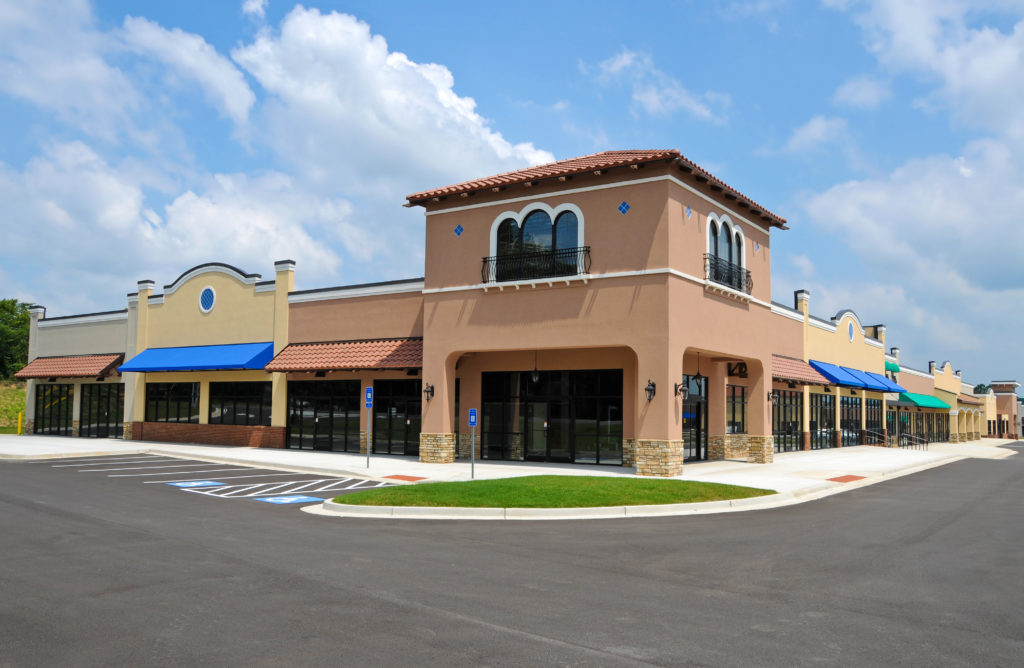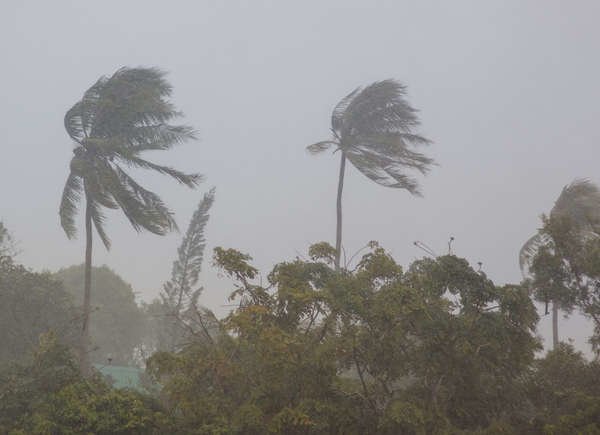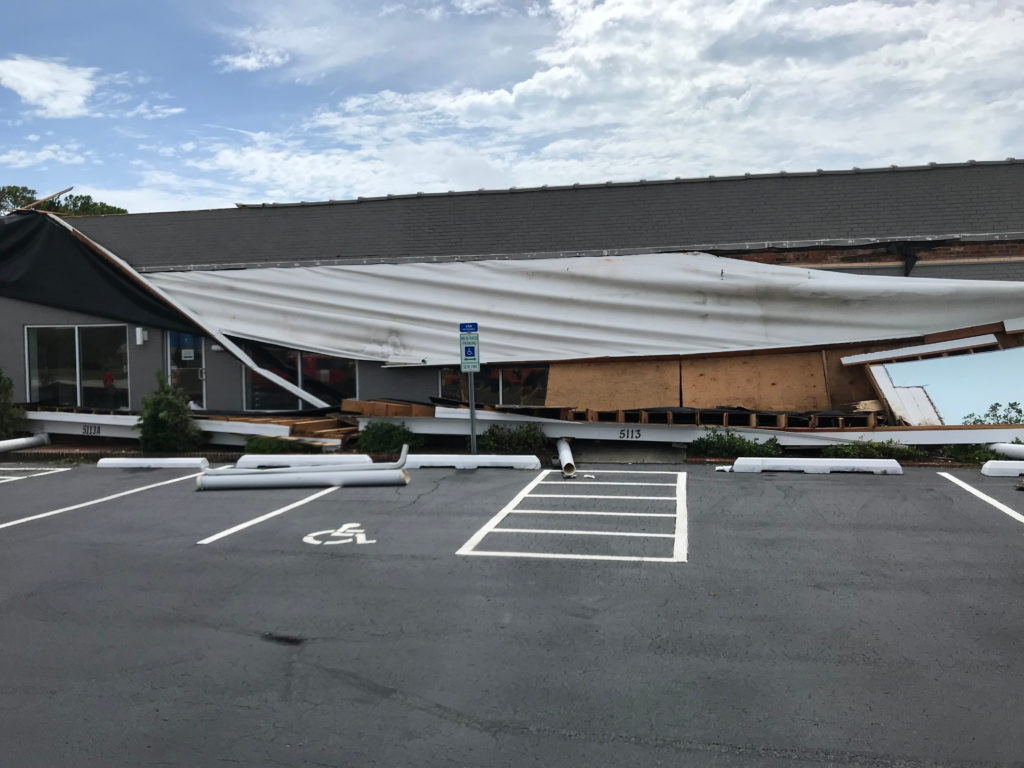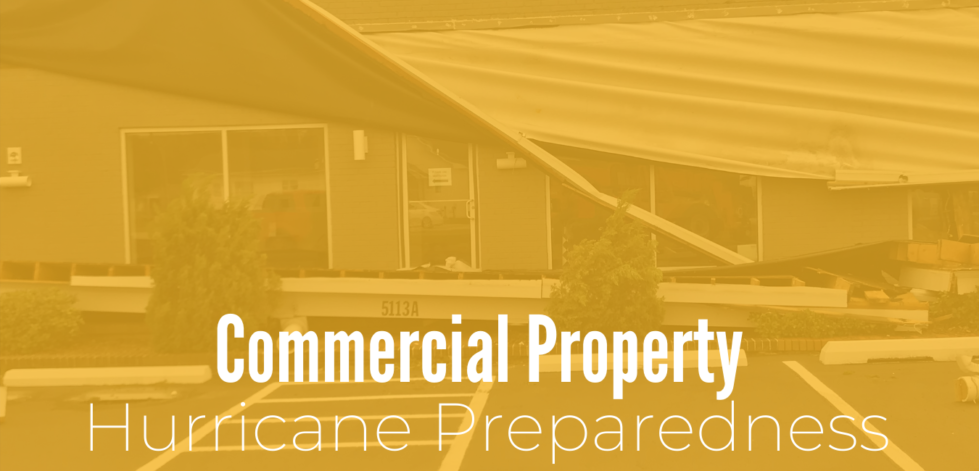Hurricane season is fast approaching, and tropical storm warnings will be in effect for some of our customers who are commercial property owners. It is important that you be on high alert and prepared in the event of an evacuation. Though most buildings in these regions have been built sturdy enough to withstand hurricane conditions, Mother Nature can always win. Keep reading for tips on how you can prepare your property’s exterior for the storm.
General
- Understand the Saffir-Simpson Hurricane Wind Scale. A category 1 likely means that very dangerous winds will produce some damage. A category 2 signifies that extremely dangerous winds will cause extensive damage. A category 3 likely means that devastating damage will occur. A category 4 signifies catastrophic damage. A category 5 – the highest level- signifies that the catastrophic damage will result in the destruction of framed homes, total roof failure, fallen trees and power poles, isolated and inhabitable residential areas and power outages for weeks or months.
- Review your emergency plan (chain of command, specific routes and exits, procedures for handling employees and visitors, etc.).
- Use a radio or TV to stay up to date with the storm’s progress.
- Have cash on hand for urgent post-storm needs, such as food, supplies, or paying employees/contractors.
- Ensure access to your company’s website in order to make updates about availability.

Before the storm
- Take photos of the property to aid in insurance/tax claims.
- Secure and strap down any loose standing objects, such as dumpsters, trash bins, potted plants, signs, etc.
- Make sure gutters, downspouts and drains are clear and able to drain heavy rain that typically accompanies a hurricane. Clogged drains can result in roof collapse from weight of accumulated water, or even lead to interior damage via vent pipes.
- Anchor first floor doorways with sandbags or heavy plastic sheeting and duct tape to block flood waters from entering.
- Test the building’s emergency power generator.
- Cover any exterior glass or doors with shutters, plywood, or other protective materials.

During The Storm
- During the height of the storm, personnel should remain in a place that has been identified as safe from wind and flood.
- During a power failure, turn off electrical switches to prevent re-activation before necessary checks are completed.
- Constantly monitor any equipment that must remain online.
- When it is safe to do so, patrol the property and check for roof leaks, pipe breakage, fire or structural damage.

After the storm
- Examine your building for damages and try to identify any hazardous conditions.
- Snap photos of the property to aid in insurance/tax claims.
- Clean roof drains and rid the roof of debris to prevent drainage problems.
- Complete any temporary repairs such as covering broken windows.
- Call in a trusted exterior restoration company like Aspen Contracting to examine your building’s roofing, siding and gutters.
Check out this resource from OSHA, with more information on how you can best prepare your property and your team for what may come. The National Roofing Contractors Association’s got some tips on tackling roof repair post-hurricane.
